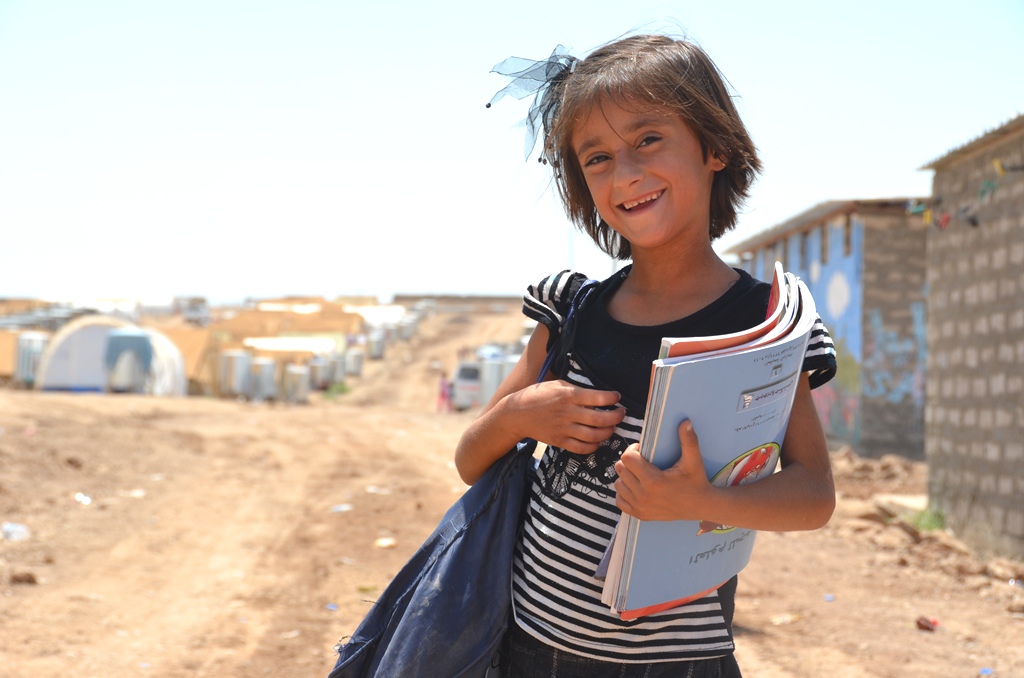Education
How to address environment in the education sector in a humanitarian response

How to address environment in the education sector in a humanitarian response
The 'Quick guides' contain key guidance on environmental issues relevant to six sectors of Food Security and Agriculture Sector, Basic Needs Sector, Health Sector, Education Sector, Protection Sector and Livelihood Sector of humanitarian response to population displacement. They underscore the opportunities to minimize negative environmental impacts during humanitarian action.
The INEE Minimum Standards Handbook is the only global tool that articulates the minimum level of educational quality and access in emergencies through to recovery. The environment is addressed throughout the publication.
Guidelines for environmentally sound design and management of schools.
Guidelines to provide an educational response in emergency and reconstruction settings. Chapter 4.4 focuses on environmental education in emergencies.
The INEE Toolkit contains a wide variety of practical, field-friendly tools and resources to guide educationalists, humanitarian workers and government officials working in the field of education in emergencies through to recovery.
A USAID repository of resources on education for children and youth in crisis and conflict-affected environments.
The Global Alliance for Disaster Risk Reduction and Resilience in the Education Sector (GADRRRES) published resources and guidance for implementing the three Comprehensive School Safety Framework pillars (Safe Learning Facilities, School Disaster Management, and Risk Reduction and Resilience Education)…
This study, conducted in 2019, focuses on the definition of climate vulnerability with operational and political perspectives and delivers guidelines for assessing climate vulnerability in long-term crises, such as in conflict-affected countries and recurrent disaster-prone areas. The research draws on an extensive academic literature review in the fields of biology,…
UNESCO Guidance on using Education for Sustainable Development to promote achievement of the Sustainable Development Goals (SDGs’). The environment is especially addressed under SDG 15, from p. 40.
A UNESCO compilation of good practices on integrating biodiversity in Education for Sustainable Development (ESD)…
A UNESCO compilation of good practices on integrating climate change in Education for Sustainable Development (ESD)…